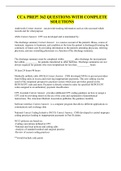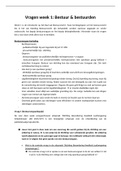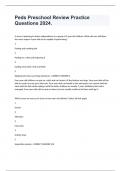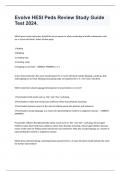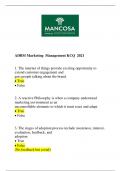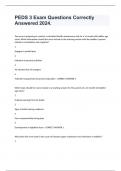Exam (elaborations)
BIOL 253 EXAM 4 QUESTIONS AND ANSWERS (GRADED A+)
- Course
- Institution
BIOL 253 EXAM 4 QUESTIONS AND ANSWERS (GRADED A+)BIOL 253 EXAM 4 QUESTIONS AND ANSWERS (GRADED A+)BIOL 253 EXAM 4 QUESTIONS AND ANSWERS (GRADED A+)BIOL 253 EXAM 4 QUESTIONS AND ANSWERS (GRADED A+)BIOL 253 EXAM 4 QUESTIONS AND ANSWERS (GRADED A+)circular folds - ANSWER-deep folds of the mucosa and s...
[Show more]




